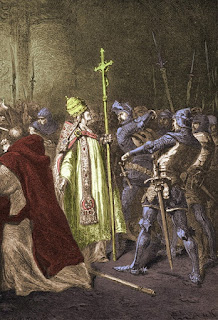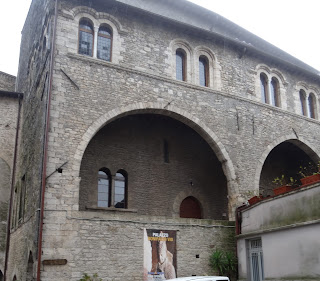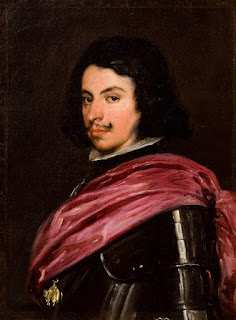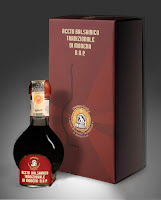Masterpiece emerged from an abandoned block of marble
 |
| A replica of Michelangelo's David now stands in front of the Palazzo Vecchio in Florence |
The 5.17m (17ft) high statue was placed outside the Palazzo
Vecchio, the seat of civic government in Florence. The sculpture symbolised the
defence of civil liberties in the republic of Florence, which at the time was
an independent city state threatened on all sides by rival states. It was
thought that the eyes of David were looking towards Rome and seemed to have a
warning glare.
David is regarded as one of Michelangelo’s masterpieces. He
was sculpted from a block of Carrara marble originally designated to be one of
a series of prophets for Florence Cathedral. The marble was worked on by two
artists before being abandoned and left exposed to the elements in the yard of
the Cathedral workshop.
 |
| The original statue in its home in Galleria dell'Accademia |
At the age of 26, it was Michelangelo who convinced the
overseers of works for the Cathedral that he deserved the commission.
He began work early in the morning of September 13, 1501.
The resulting statue of a nude David produced nearly three years later is
thought to represent the hero after he had made the decision to fight Goliath
but before the battle has actually taken place. It is one of the most
recognised works of sculpture from the Renaissance period and is a symbol of
strength and youthful beauty.
On completion, the statue was moved the half mile from
Michelangelo’s workshop to Piazza della Signoria, a journey that took four
days. It was to remain there for more than 300 years.
But in 1873 David was removed from the piazza, allegedly to
protect the statue from damage, and put on display in the Galleria
dell’Accademia in Florence, where it has attracted many thousands of visitors
over the years. A replica of the original statue now stands outside the Palazzo
Vecchia.
Piazza della Signoria is an L-shaped square in the centre of
Florence, important as the location of the 14th century Palazzo Vecchio, the
focal point for government in the city. Citizens gathered here for public
meetings and the religious leader Girolamo Savonarola was burned at the stake
in the square in 1498. The piazza is a unique outdoor sculpture gallery filled
with statues, some of them copies, commemorating major events in the city’s
history.
Travel tip:
The Galleria dell’Accademia in Florence has become famous as
the home of Michelangelo’s statue of David. It is the second most visited
museum in Italy, after the Uffizi, the main art gallery in Florence. The
Galleria dell’Accademia was established in 1784 in Via Ricasoli in Florence.
For more information about the gallery visit
galleriaaccademiafirenze.beniculturali.it













